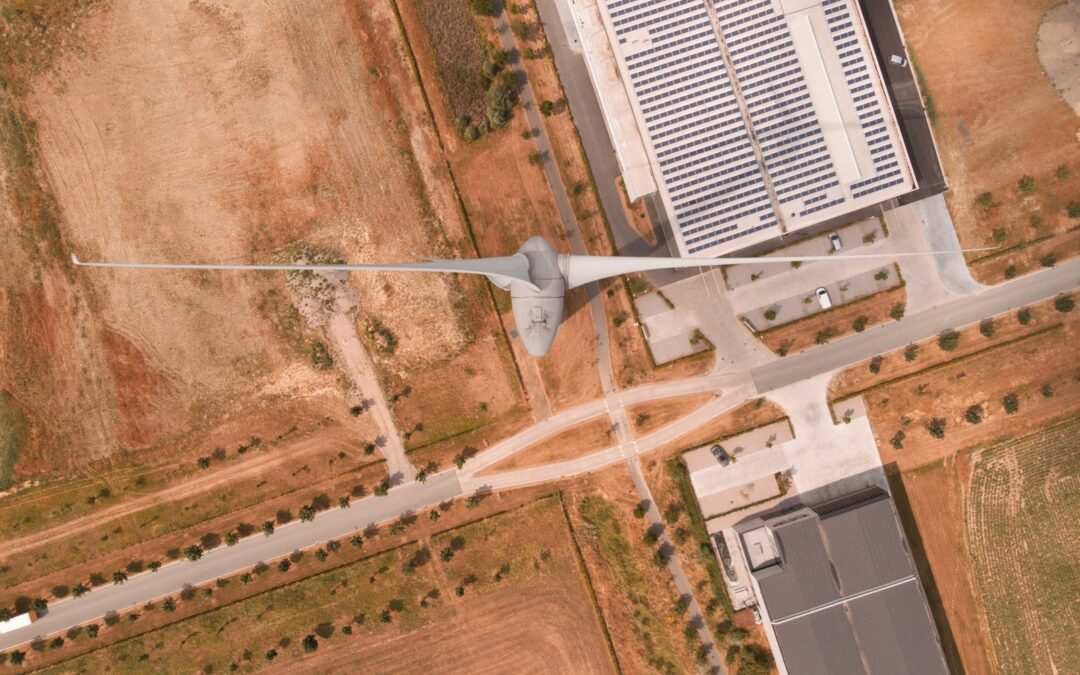Exploring the Benefits of IoT for Real-Time Environmental Monitoring
Benefits of IoT for Real-Time Environmental Monitoring
The benefits of IoT for real-time environmental monitoring are transforming how businesses, governments, and communities manage and respond to environmental challenges. In regions like Saudi Arabia and the UAE, where environmental conditions such as air quality, water scarcity, and temperature extremes are significant concerns, the integration of IoT technologies offers a powerful tool for proactive and data-driven management. By enabling continuous monitoring and real-time data collection, IoT devices provide valuable insights that can inform decision-making, enhance sustainability efforts, and improve public health outcomes.
One of the primary benefits of IoT for real-time environmental monitoring is the ability to detect changes and respond swiftly to potential issues. For instance, in a city like Riyadh, where dust storms and high pollution levels can affect air quality, IoT sensors can continuously monitor pollutant levels, providing real-time alerts to city officials and residents. This allows for timely interventions, such as adjusting traffic flows or issuing public health advisories, which can mitigate the impact on the population. Similarly, in Dubai, IoT technology can be used to monitor water quality in reservoirs and distribution networks, ensuring that safe and clean water is available to residents at all times.
Furthermore, IoT-enabled real-time monitoring supports the broader goals of smart cities by optimizing resource management and reducing environmental footprints. For example, smart irrigation systems equipped with IoT sensors can monitor soil moisture levels and weather conditions, allowing for precise water usage in agriculture and landscaping. This is particularly valuable in arid regions like Saudi Arabia and the UAE, where water conservation is a critical concern. By reducing water waste and optimizing resource allocation, IoT technologies contribute to more sustainable and resilient urban environments.
Enhancing Decision-Making and Efficiency with IoT-Driven Environmental Management
The integration of IoT for environmental management extends beyond monitoring to include real-time data analysis and automated responses, enhancing decision-making and operational efficiency. In the UAE, where smart city initiatives are rapidly advancing, IoT technologies are playing a crucial role in optimizing urban infrastructure and public services. For example, IoT sensors installed in public spaces can monitor air quality, noise levels, and temperature, providing city planners with valuable data to design healthier and more livable environments. This data-driven approach enables cities like Dubai to address environmental challenges proactively, improving the quality of life for residents and supporting economic growth.
In addition to improving urban planning, IoT-driven environmental management can enhance operational efficiency in various industries. For instance, in the energy sector, IoT sensors can monitor the performance of renewable energy installations, such as solar panels and wind turbines, in real time. This allows for predictive maintenance and optimization of energy production, reducing downtime and increasing the overall efficiency of renewable energy sources. In Riyadh, where the government is investing heavily in renewable energy as part of its Vision 2030 strategy, leveraging IoT for real-time monitoring can accelerate the transition to a more sustainable energy landscape.
Moreover, the benefits of IoT for environmental management extend to the private sector, where businesses can use real-time data to optimize their operations and reduce their environmental impact. For example, in the manufacturing industry, IoT sensors can monitor emissions, energy consumption, and waste production, providing actionable insights that help companies minimize their environmental footprint. By integrating IoT into their environmental management strategies, businesses in Saudi Arabia and the UAE can not only comply with regulatory requirements but also enhance their reputation as leaders in sustainability and innovation.
Strategic Considerations for Implementing IoT in Environmental Monitoring and Management
Overcoming Challenges in IoT-Enabled Environmental Monitoring
While the benefits of IoT for real-time environmental monitoring are clear, implementing these technologies is not without challenges. One of the primary obstacles is the need for robust and reliable connectivity to ensure continuous data flow between sensors and management systems. In remote or harsh environments, such as the deserts of Saudi Arabia, maintaining stable connectivity can be difficult. To address this, organizations can leverage technologies like 5G, low-power wide-area networks (LPWAN), or satellite communications, which provide the necessary coverage and reliability to support IoT deployments in challenging conditions.
Another challenge is data security and privacy. With the proliferation of IoT devices, there is an increased risk of cyberattacks targeting critical environmental data. Ensuring the security of IoT networks is essential to maintain data integrity and protect sensitive information. For cities like Dubai, where smart infrastructure relies heavily on interconnected IoT systems, implementing robust cybersecurity measures, such as encryption, secure communication protocols, and regular audits, is crucial for safeguarding the reliability and trustworthiness of environmental monitoring solutions.
Additionally, the deployment of IoT technologies for environmental monitoring requires a significant investment in infrastructure and technology. From installing sensors to developing data management platforms, the initial costs can be substantial. However, these investments are often offset by the long-term benefits of improved efficiency, resource savings, and enhanced environmental outcomes. For business executives and government leaders in Riyadh and Dubai, a strategic approach that includes pilot projects, public-private partnerships, and leveraging existing smart city infrastructure can help manage costs while maximizing the impact of IoT-enabled environmental monitoring.
The Future of Environmental Management with IoT and AI Integration
As the adoption of IoT for environmental monitoring continues to grow, the integration of artificial intelligence (AI) offers new opportunities to further enhance these solutions. AI can analyze the vast amounts of data generated by IoT sensors, identifying patterns and predicting future environmental conditions. This predictive capability enables more proactive and efficient management, allowing cities and businesses to anticipate challenges and implement solutions before issues escalate. In Saudi Arabia and the UAE, where the commitment to digital transformation is strong, the combination of IoT and AI represents a powerful tool for advancing environmental sustainability and resilience.
For example, AI algorithms can process real-time data from IoT sensors to optimize energy consumption in buildings, reduce traffic congestion, or manage waste more effectively. In Dubai, where the government has set ambitious sustainability targets, AI-driven IoT solutions can help achieve these goals by providing insights and automation that go beyond human capabilities. Similarly, in Riyadh, AI-powered environmental monitoring can support initiatives to improve air quality, conserve water, and protect natural ecosystems, contributing to the city’s vision of a sustainable and smart urban future.
Looking ahead, the integration of IoT and AI will continue to drive innovation in environmental management, opening up new possibilities for smart and sustainable urban development. As cities like Riyadh and Dubai invest in advanced digital infrastructure, the potential to leverage IoT and AI for environmental monitoring will only grow, offering more sophisticated and effective solutions for managing the complex challenges of urban environments.
Conclusion: Harnessing the Power of IoT for Environmental Sustainability
In conclusion, the benefits of IoT for real-time environmental monitoring are significant, offering a transformative approach to managing and improving environmental conditions in urban and industrial settings. By providing real-time insights, enabling data-driven decision-making, and supporting proactive management, IoT technologies are key enablers of sustainability and resilience in smart cities like Riyadh and Dubai. While challenges such as connectivity, security, and initial investment must be addressed, the long-term benefits of IoT-enabled environmental monitoring far outweigh the obstacles.
For business executives, mid-level managers, and entrepreneurs in Saudi Arabia and the UAE, embracing IoT for environmental management presents an opportunity to lead in sustainability, enhance operational efficiency, and contribute to the broader goals of national development strategies. As the technology continues to evolve, the integration of IoT with AI and other advanced technologies will further expand the possibilities for smart environmental management, paving the way for a more sustainable and prosperous future.
—
#IoT, #EnvironmentalMonitoring, #SmartCities, #SaudiArabia, #UAE, #Sustainability, #AI, #DigitalTransformation, #SmartTechnology, #TechInnovation, #LeadershipInTech













